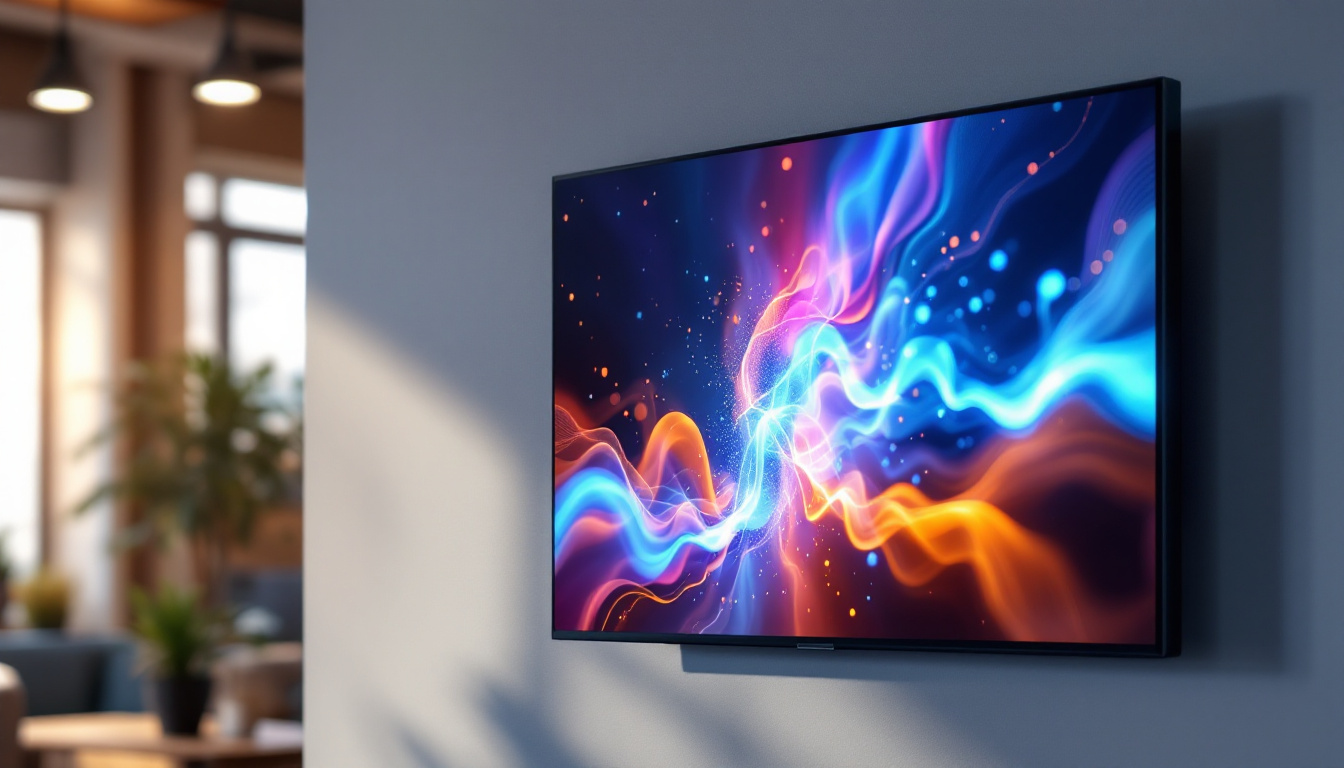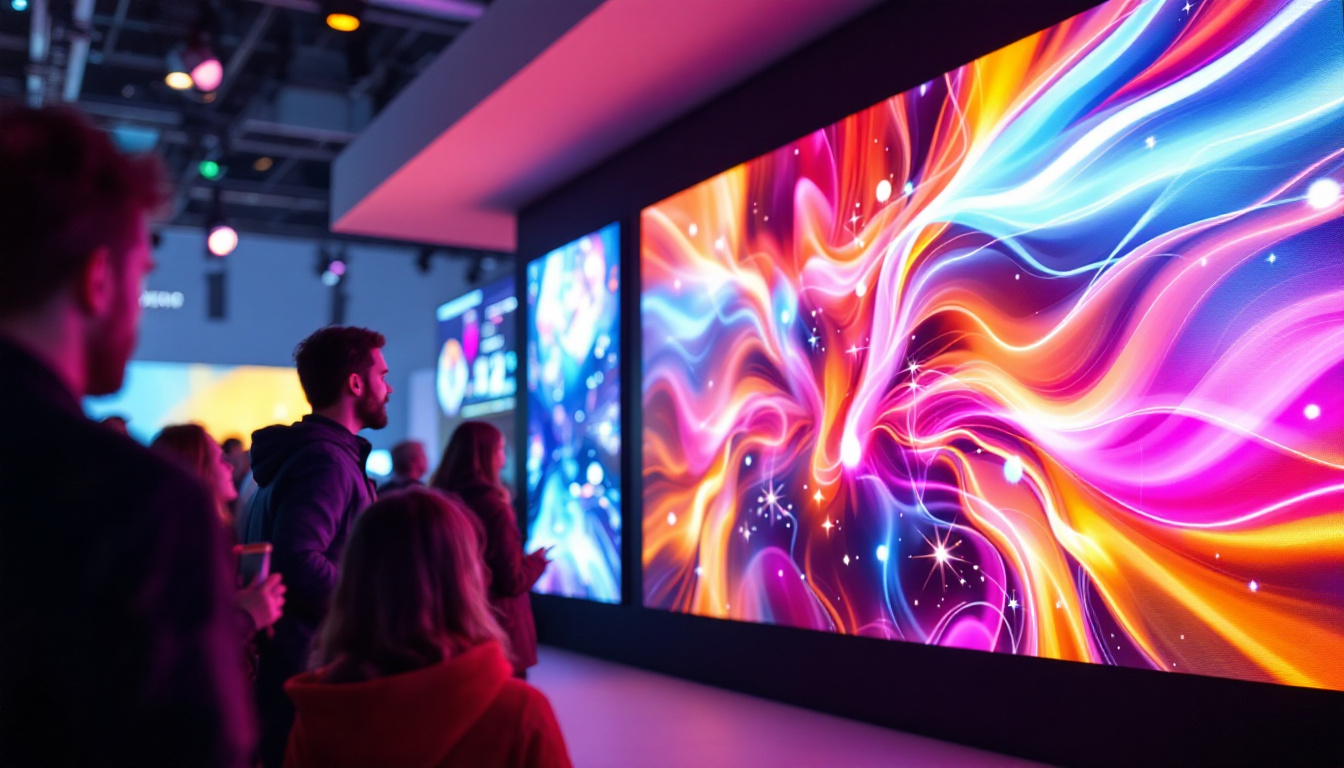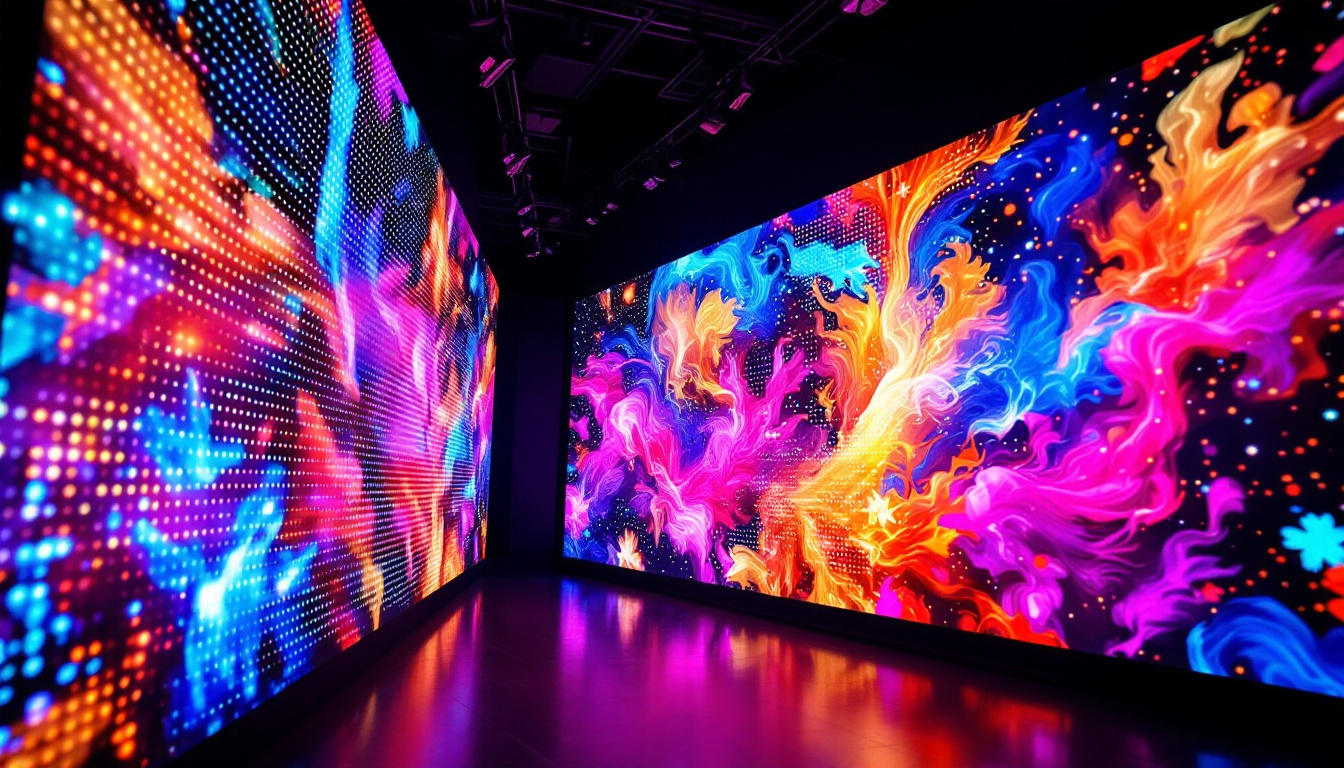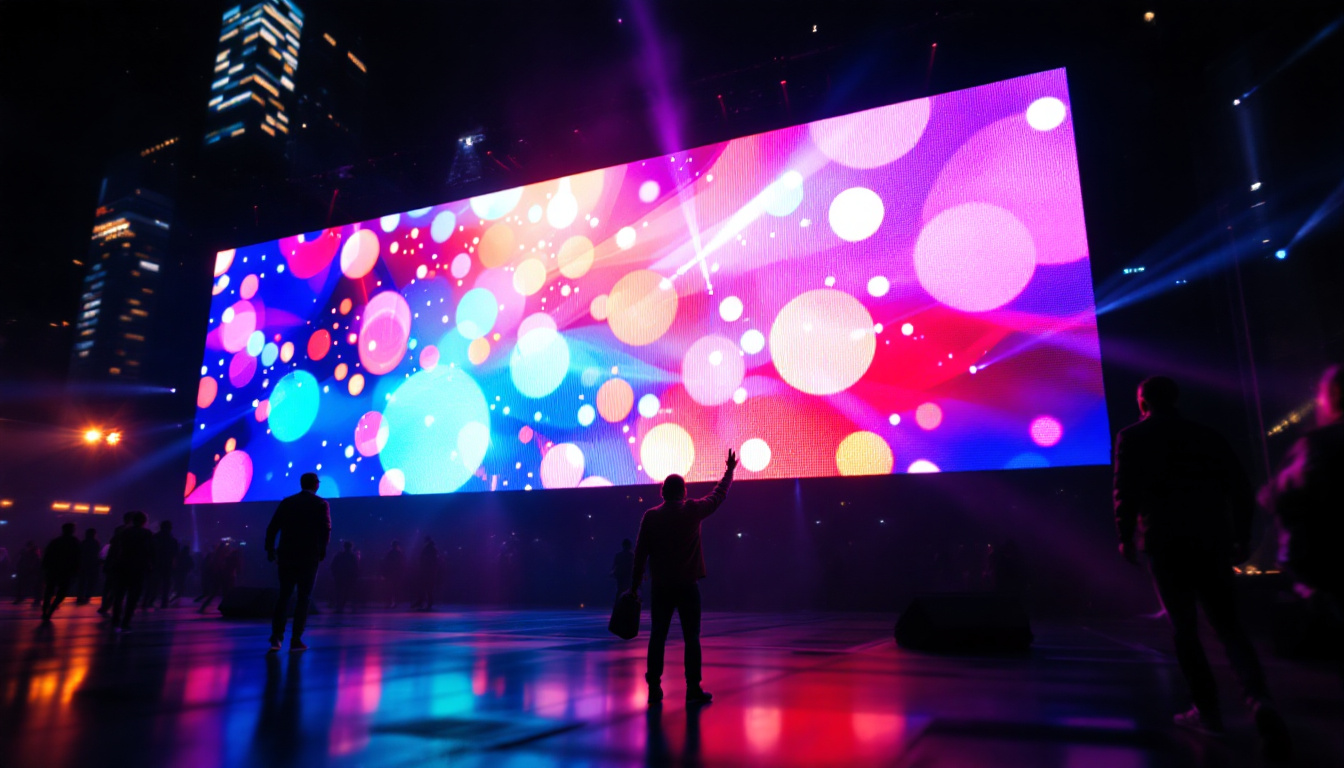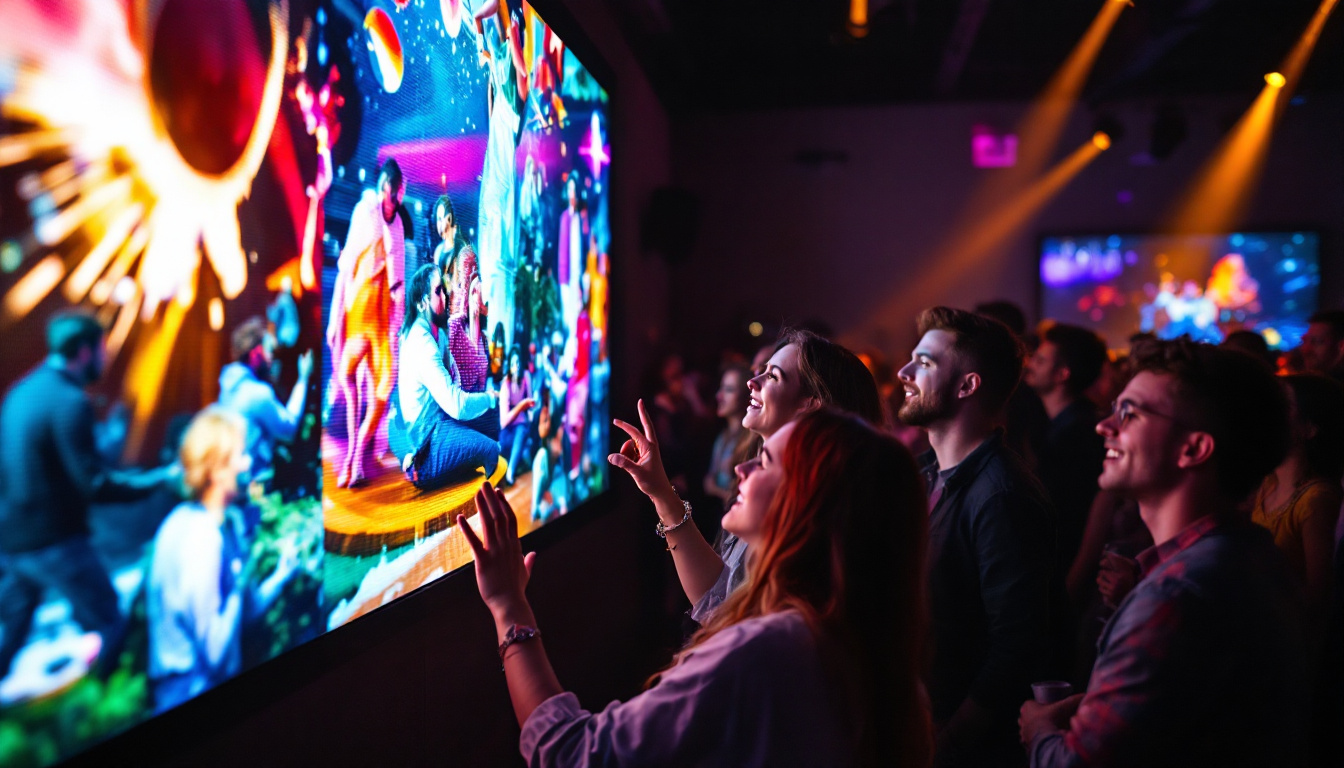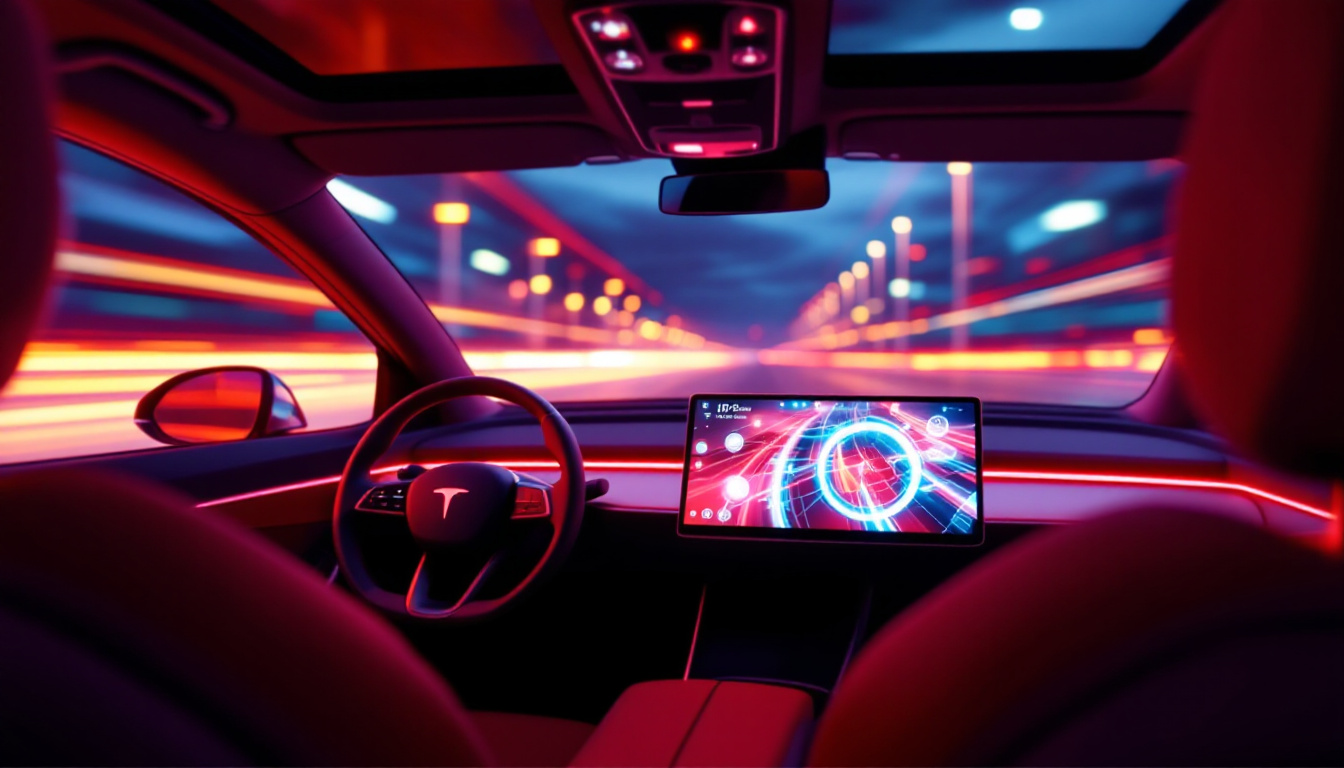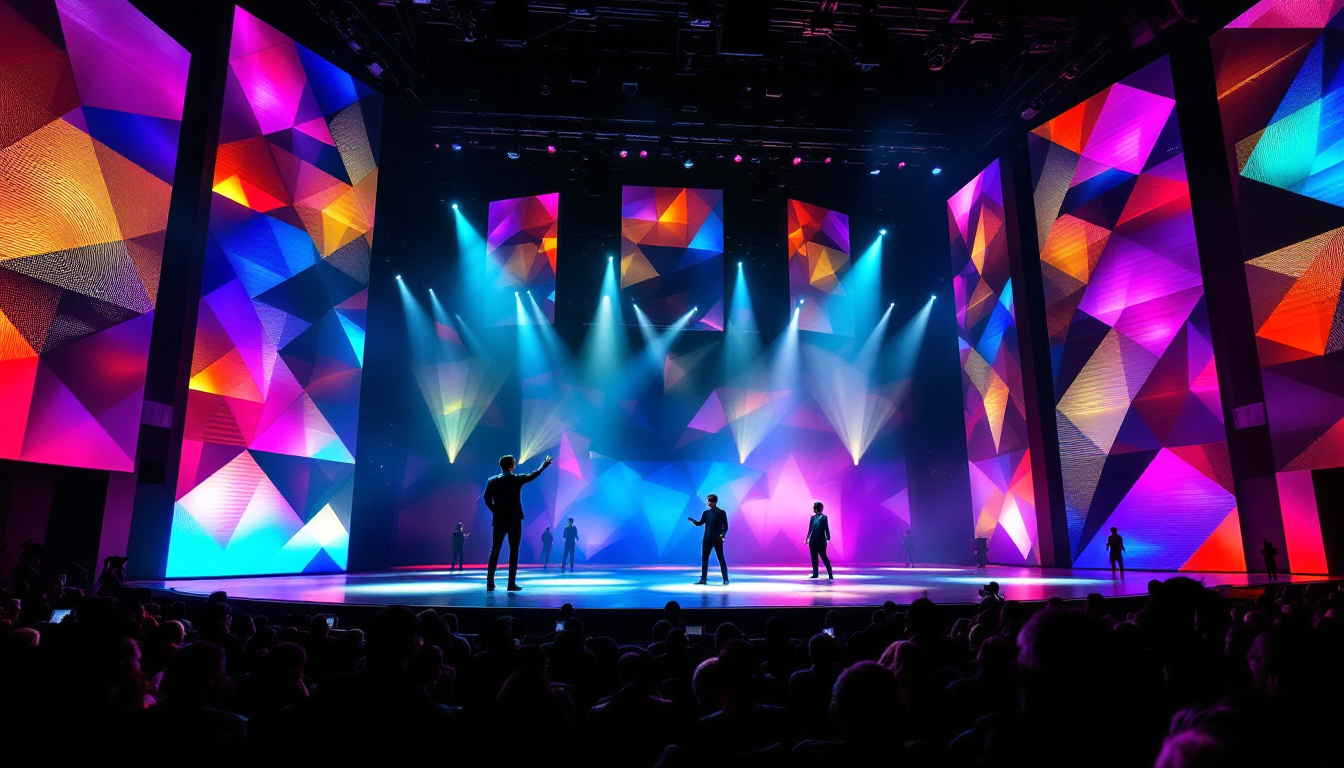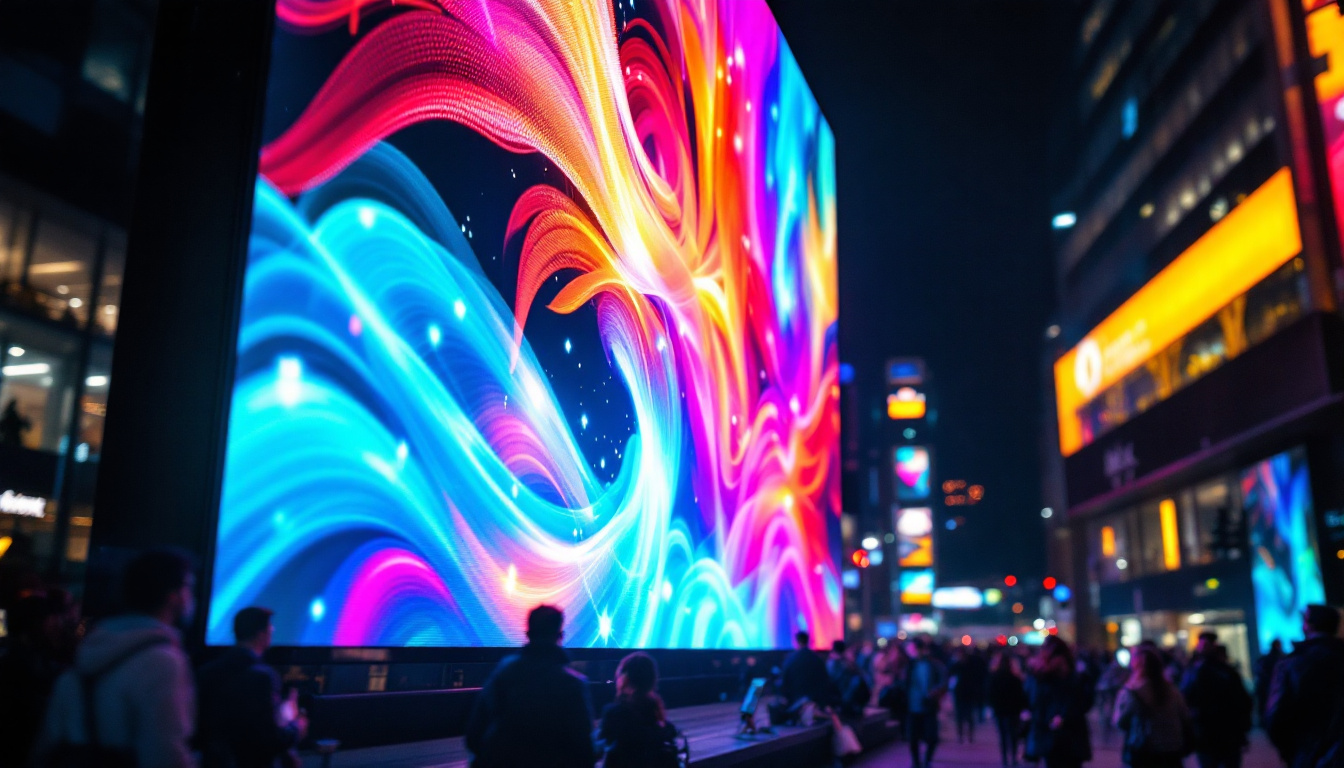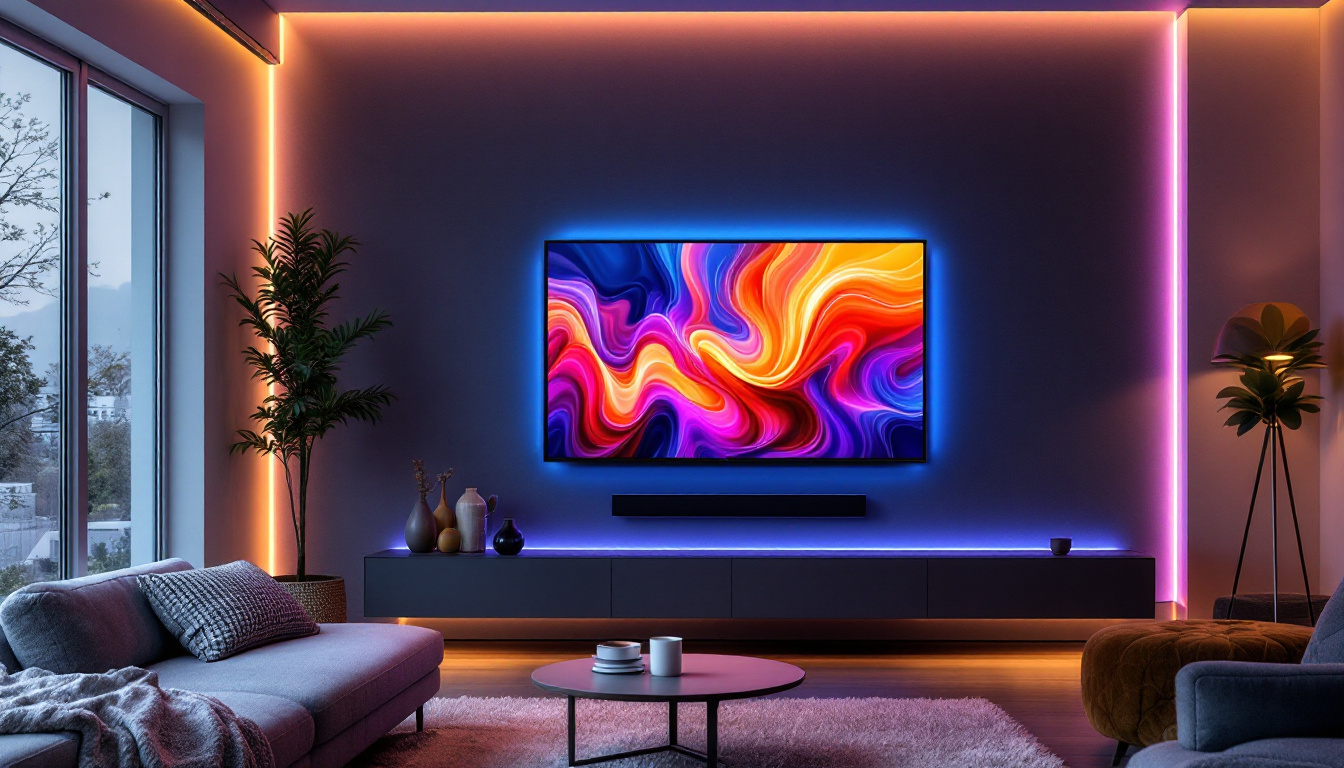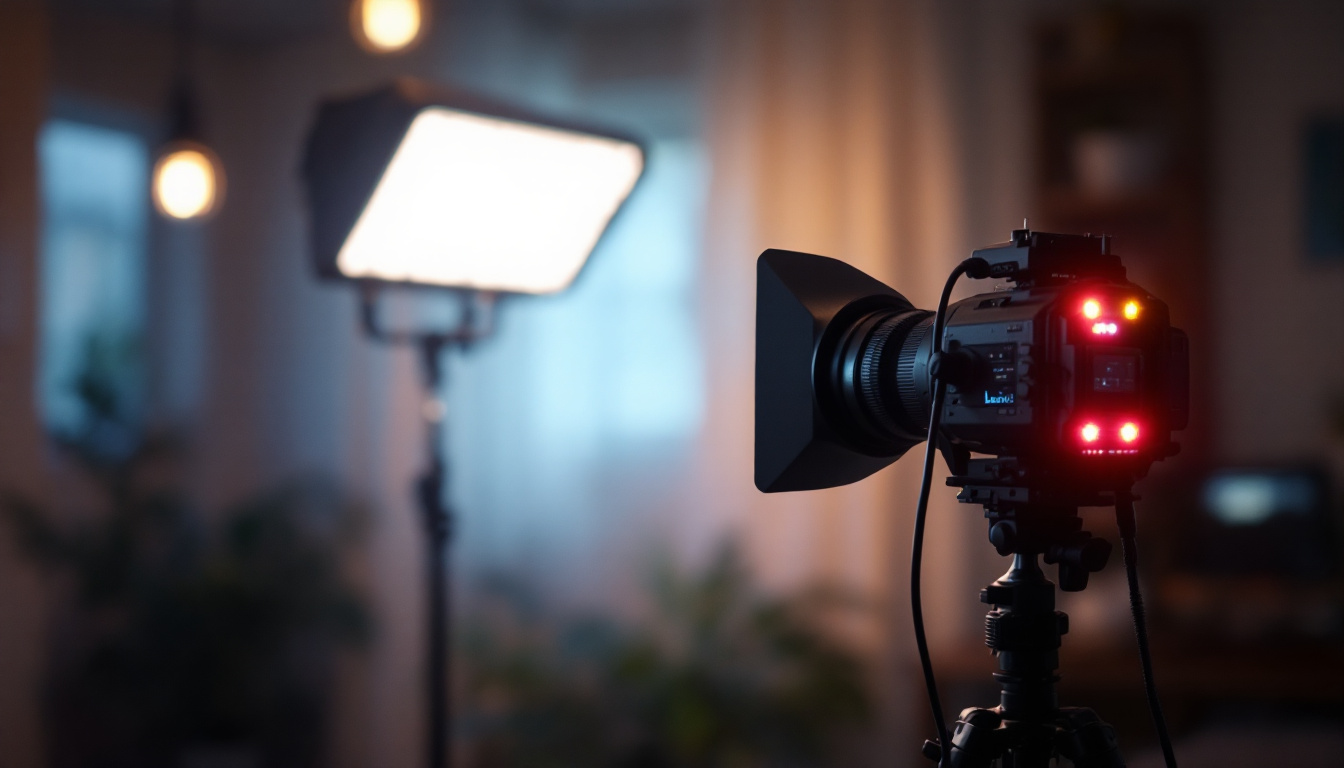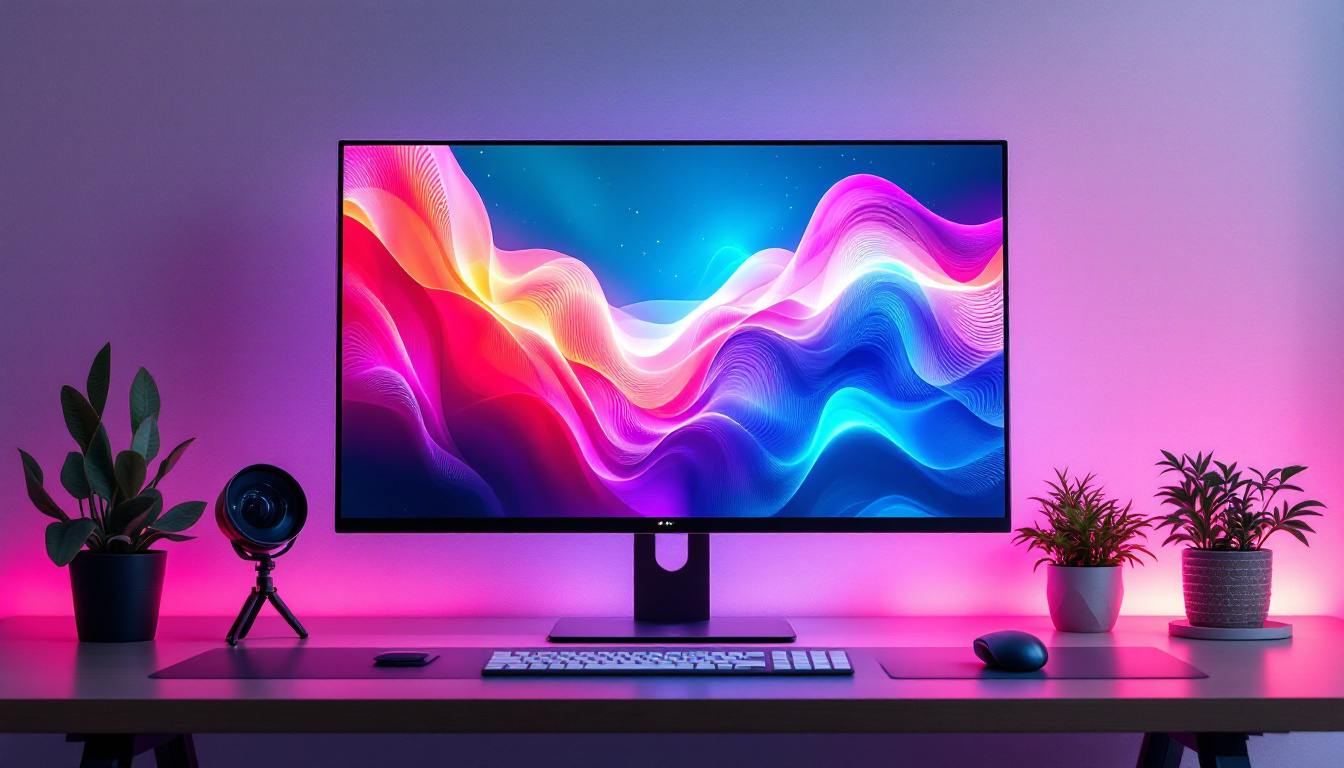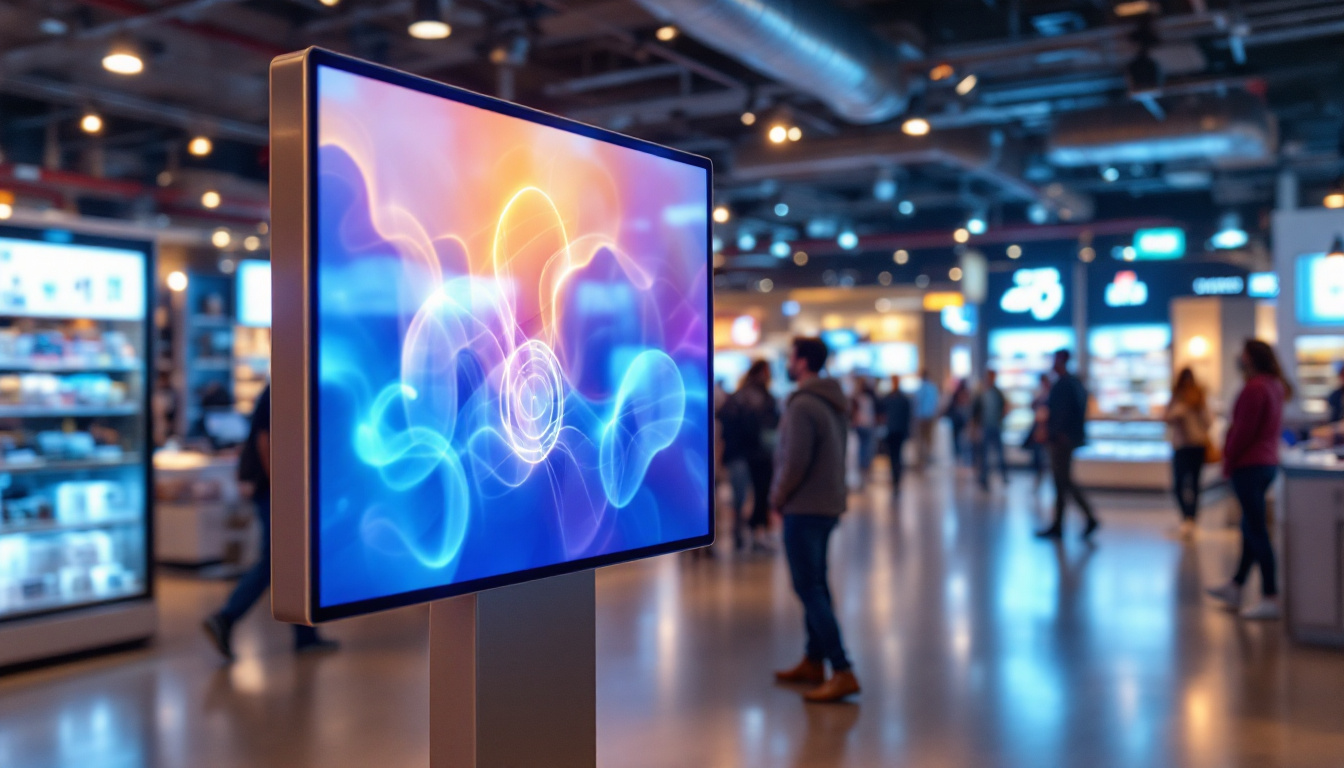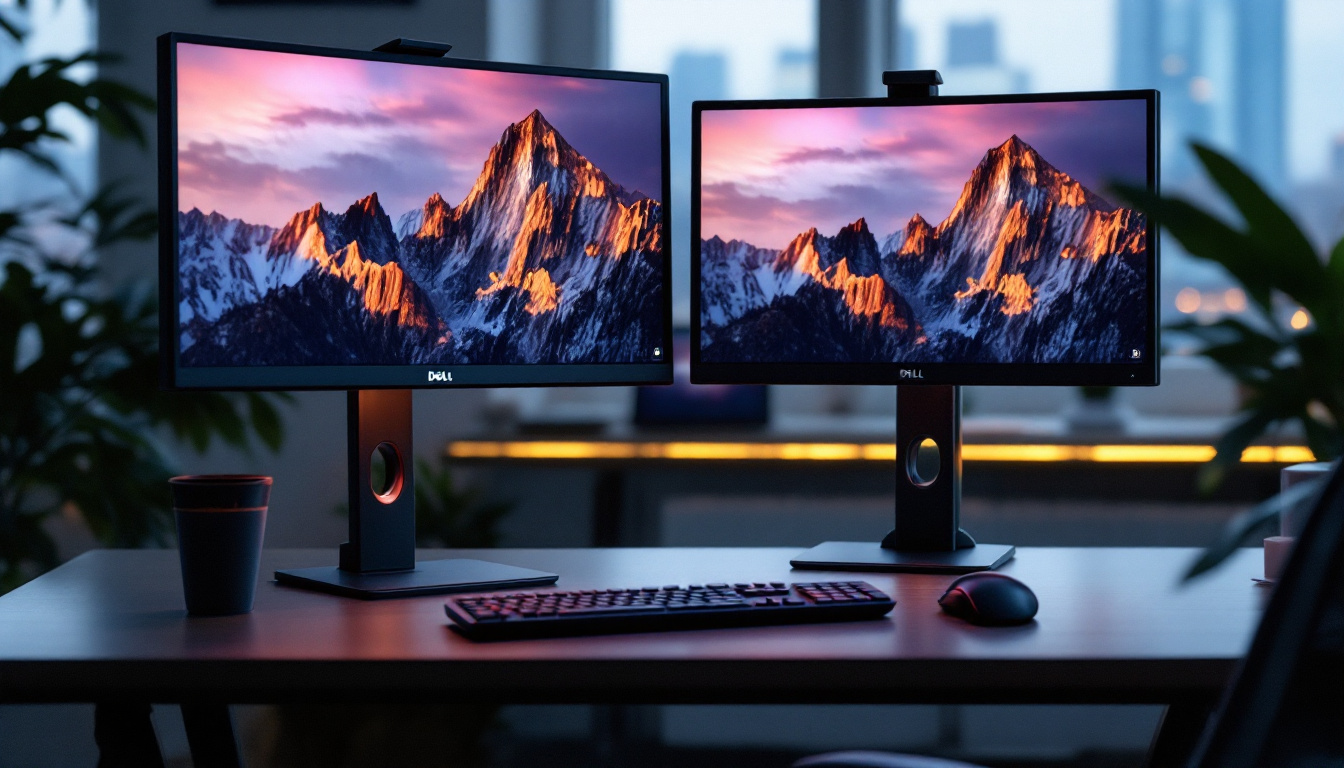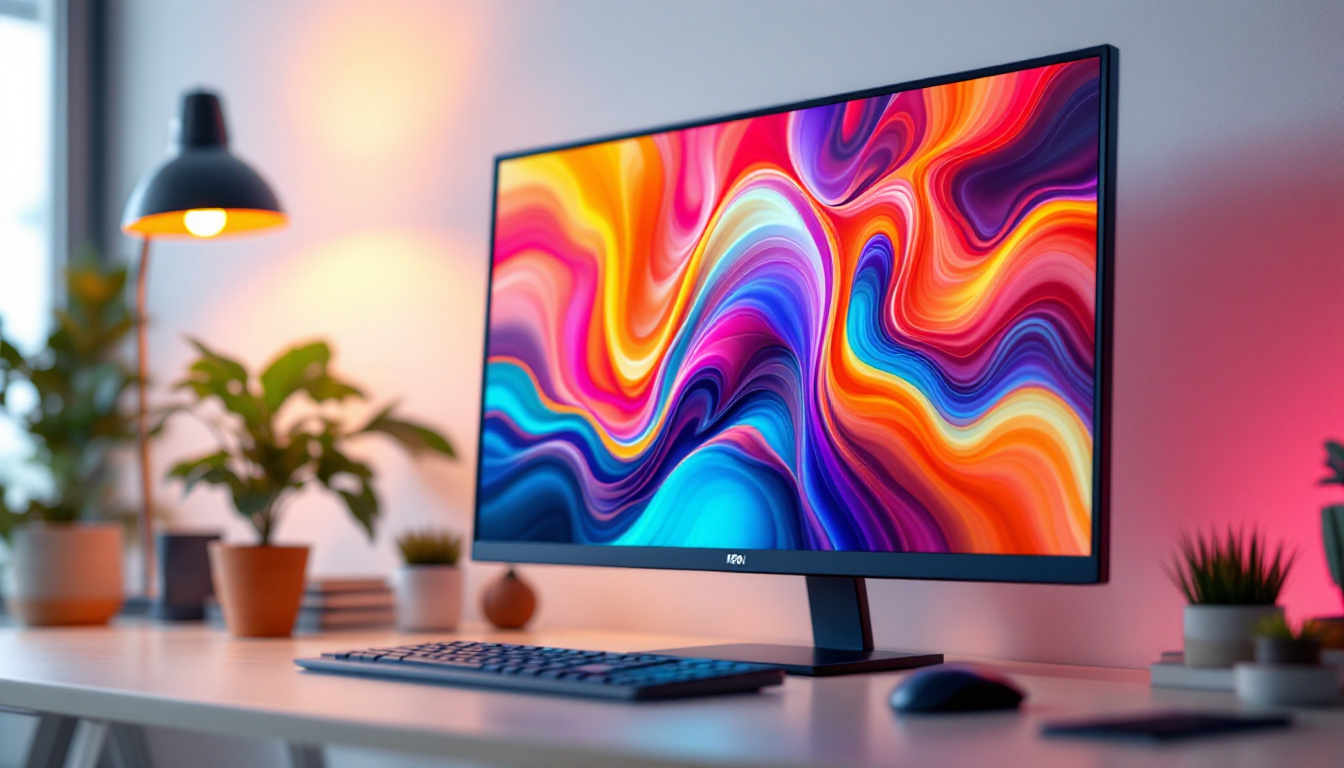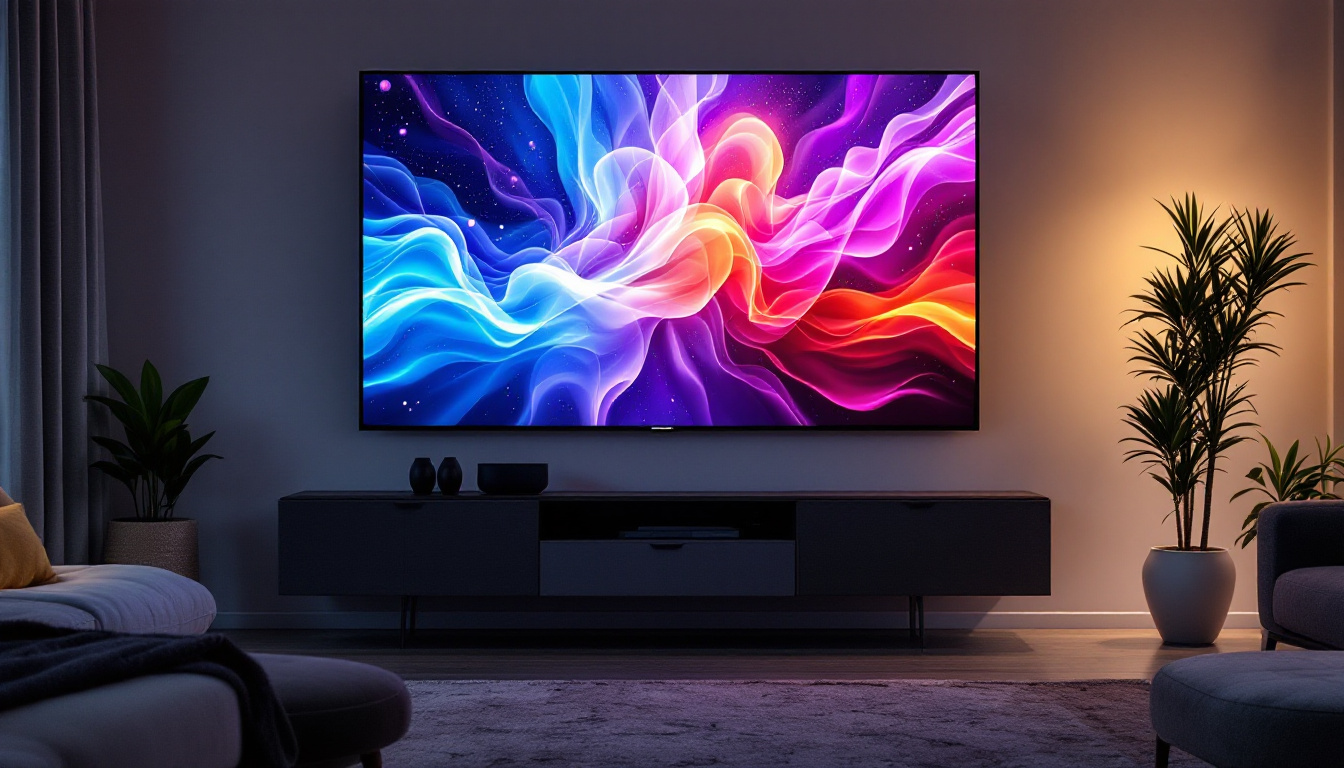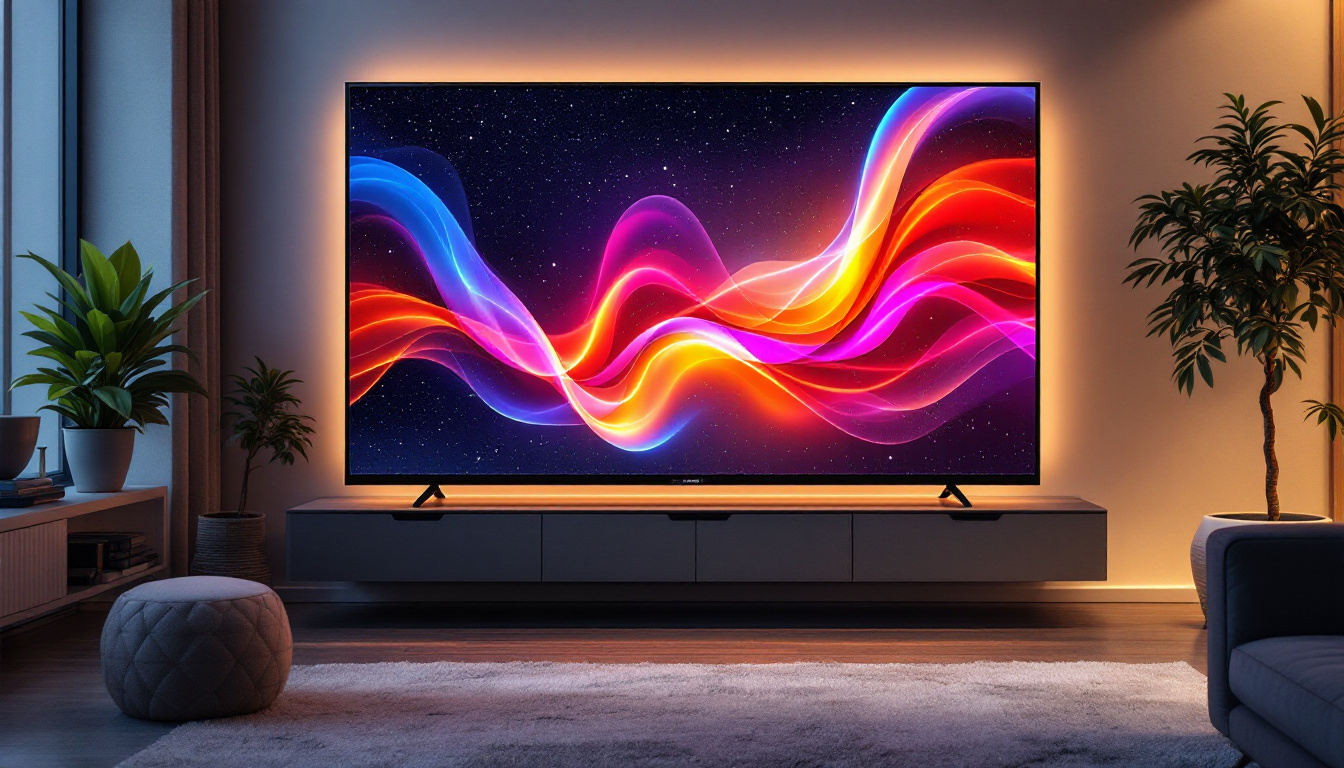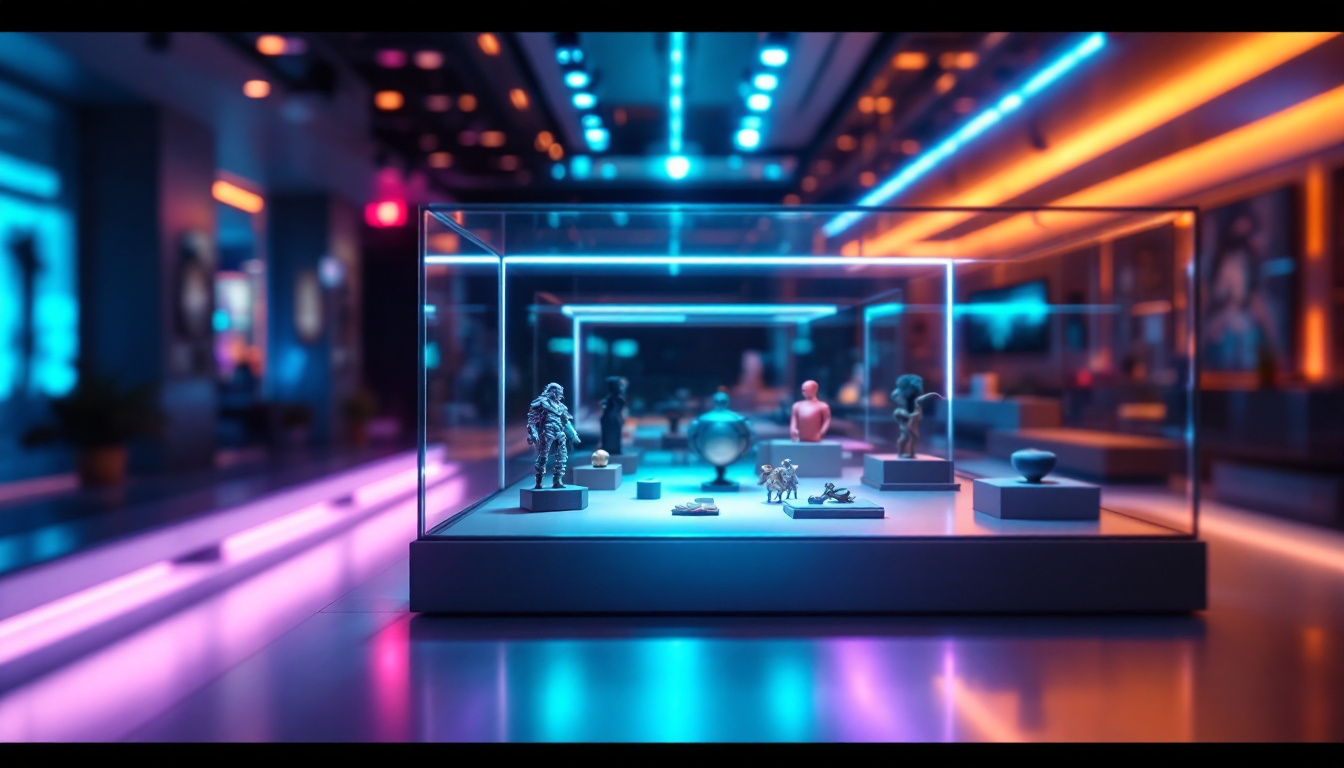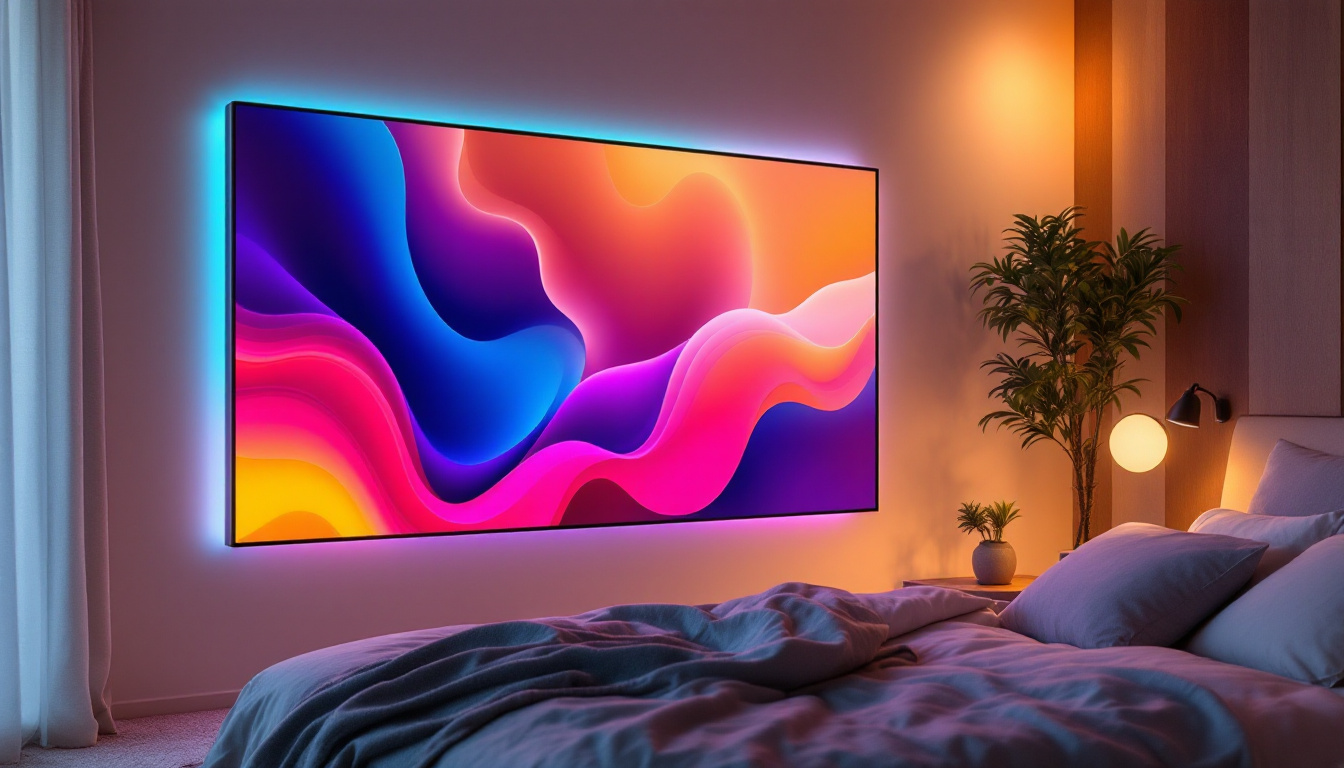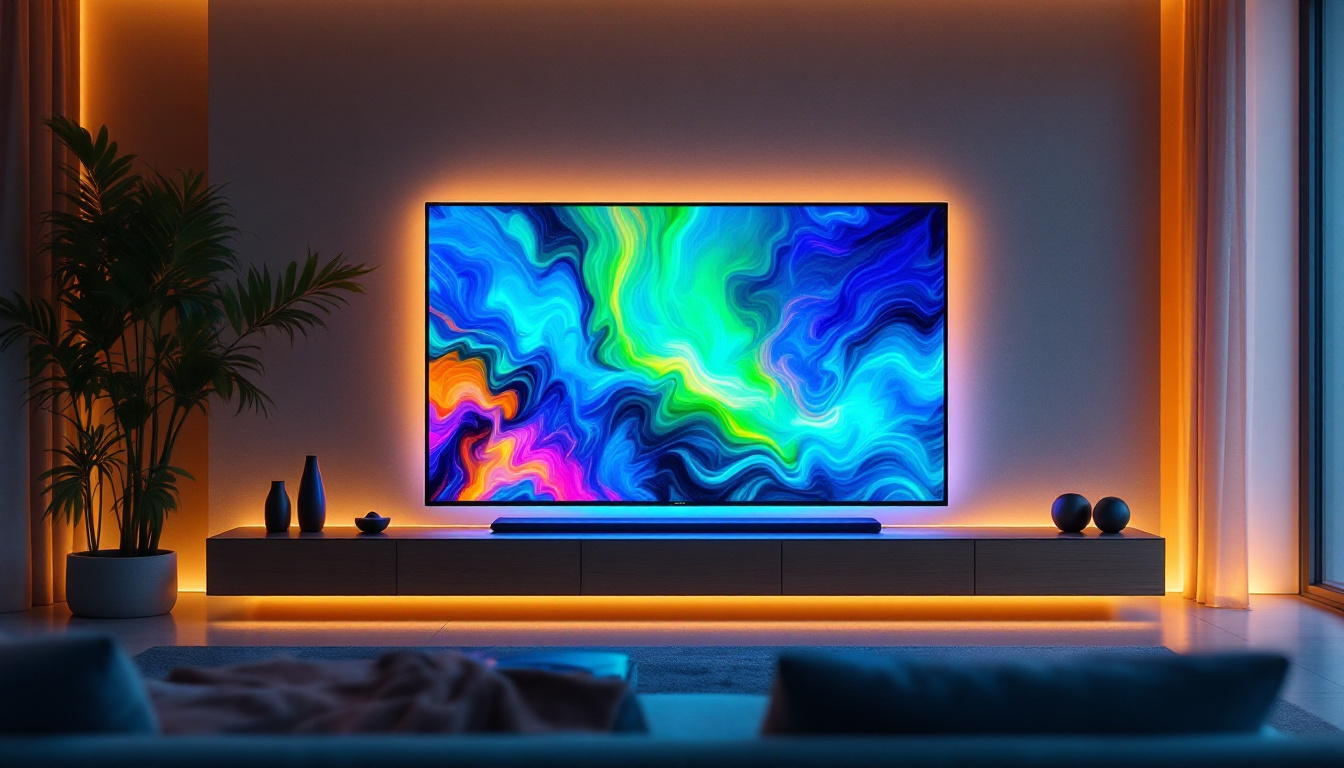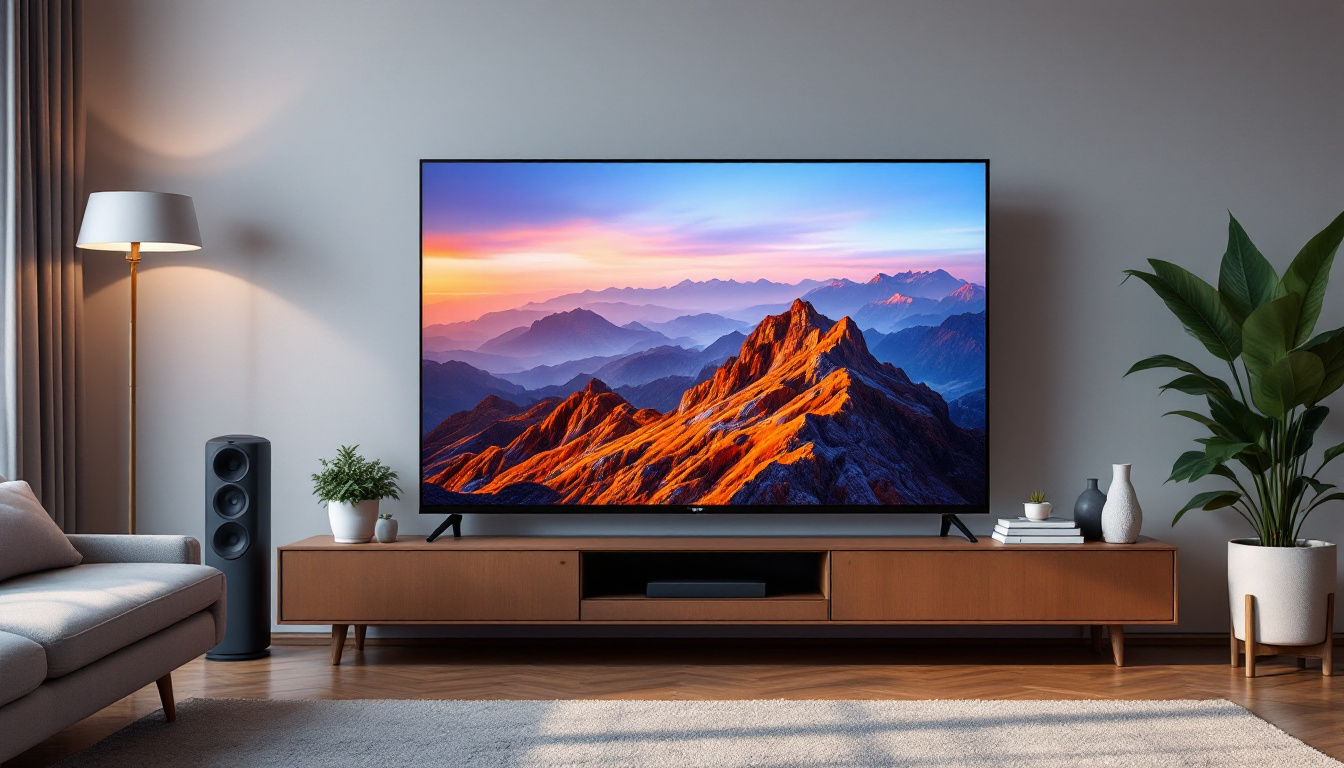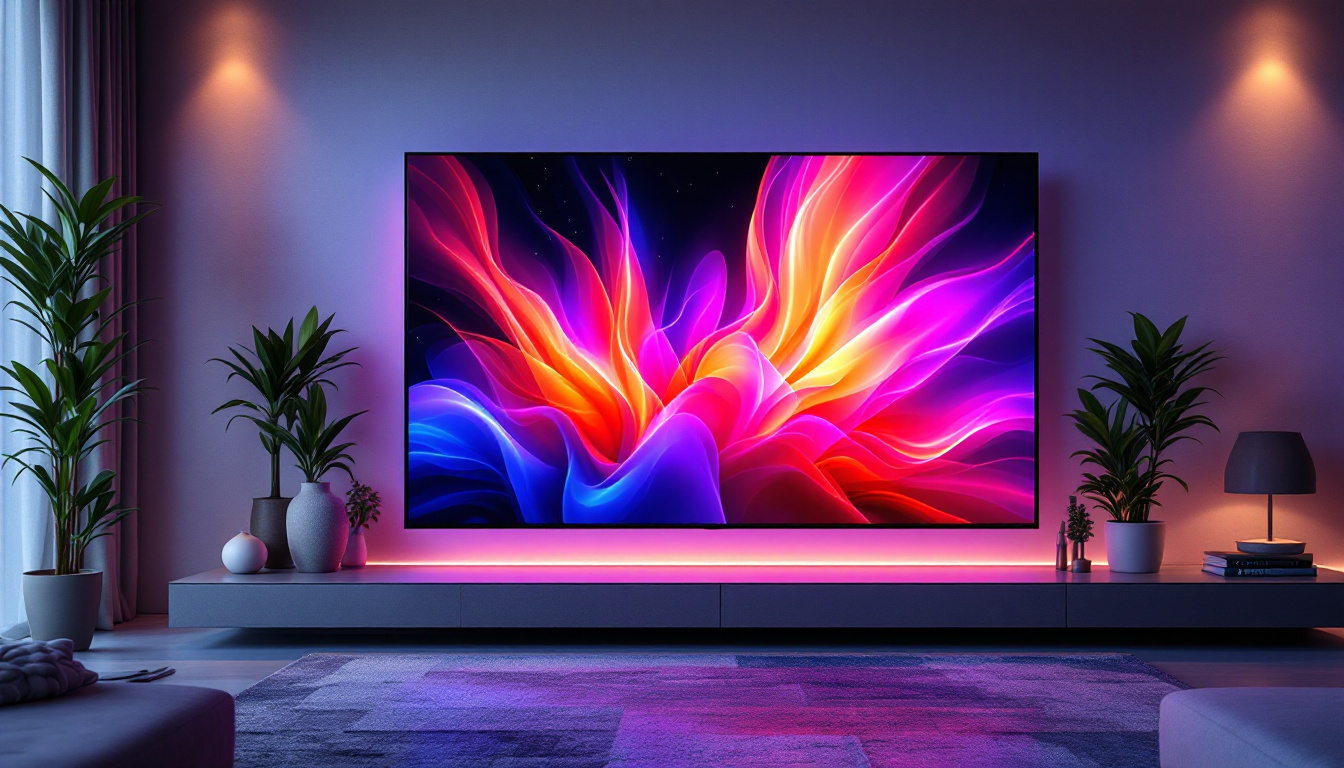In today’s digital age, LED displays have become an integral part of our daily lives, enhancing everything from advertising to entertainment. However, the effectiveness of these displays is not solely dependent on their technology; the way they are mounted plays a crucial role in their performance and usability. This article delves into the various aspects of screen mounts for LED displays, exploring their types, benefits, and considerations for optimal installation.
Understanding LED Displays
LED (Light Emitting Diode) displays are known for their vibrant colors, energy efficiency, and high brightness levels. They are widely used in various applications, including retail signage, conference room presentations, and home entertainment systems. Understanding the fundamentals of LED displays is essential for selecting the right mounting solution.
Types of LED Displays
LED displays come in various forms, each designed for specific applications. The most common types include:
- Direct View LED Displays: These displays consist of individual LED modules that can be assembled to create larger screens. They are often used for outdoor advertising and large venues.
- LED Video Walls: Composed of multiple smaller screens, these walls create a seamless display that can show dynamic content. They are popular in arenas and control rooms.
- Indoor LED Displays: Typically used in retail and corporate environments, these displays offer high resolution and are designed for close viewing distances.
Key Features of LED Displays
When selecting an LED display, several features should be considered:
- Brightness: Measured in nits, brightness is crucial for visibility, especially in well-lit environments.
- Resolution: Higher resolution displays provide clearer images, making them ideal for detailed content.
- Viewing Angle: A wider viewing angle ensures that the display can be seen clearly from various positions.
In addition to these features, another important aspect to consider is the refresh rate of the LED display. This is particularly relevant for video content, as a higher refresh rate results in smoother motion and less flicker, enhancing the viewing experience. For instance, displays used in sports arenas or concerts benefit greatly from high refresh rates, ensuring that fast-moving images are rendered clearly without blurring. Furthermore, the durability of LED displays is a significant advantage; many models are designed to withstand harsh weather conditions, making them suitable for outdoor use without compromising performance.
Another notable feature of LED displays is their versatility in terms of content management. Many modern LED displays come equipped with advanced software that allows for easy content updates and scheduling. This is especially beneficial for businesses that frequently change their advertising messages or need to display real-time information, such as news updates or social media feeds. The ability to remotely manage content not only saves time but also enhances engagement, as businesses can tailor their displays to match current trends or events, making them more relevant to their audience.
Importance of Screen Mounts
Screen mounts are essential for the proper installation and functionality of LED displays. They not only secure the display in place but also influence the viewing experience, aesthetics, and safety. Choosing the right mount can significantly enhance the effectiveness of the display. In addition to these practical benefits, the right screen mount can also contribute to the overall design of a space, seamlessly integrating technology with the environment. Whether in a corporate office, a retail setting, or a home theater, the choice of mount can reflect the style and purpose of the area.
Types of Screen Mounts
There are several types of screen mounts available, each catering to different needs and environments:
- Fixed Mounts: These mounts hold the display flat against the wall, providing a clean and unobtrusive look. They are ideal for situations where the display will not need to be adjusted frequently, such as in conference rooms or waiting areas where a consistent viewing angle is desired.
- Tilting Mounts: Allow for a slight angle adjustment, which can improve visibility and reduce glare. These are particularly useful in environments with varying viewing heights, like classrooms or auditoriums, where the audience may be seated at different levels.
- Full-Motion Mounts: Also known as articulating mounts, these allow for extensive movement, including tilting, swiveling, and extending away from the wall. They are perfect for multi-purpose spaces, such as living rooms or collaborative workspaces, where flexibility in viewing position is crucial.
Benefits of Using Proper Screen Mounts
Utilizing the correct screen mount offers numerous advantages:
- Enhanced Viewing Experience: Properly mounted displays ensure optimal viewing angles, improving the overall experience for the audience. This is particularly important in venues like sports bars or theaters, where a large number of viewers may be watching from different angles.
- Space Efficiency: Screen mounts can help save space, especially in smaller environments, by allowing displays to be mounted on walls instead of taking up valuable floor space. This not only creates a more open feel but also allows for better furniture arrangement and flow within the room.
- Safety and Stability: A secure mount reduces the risk of accidents caused by falling displays, providing peace of mind in busy environments. This is especially crucial in public spaces such as schools or hospitals, where safety is a top priority.
Moreover, the installation of screen mounts can also facilitate better cable management. Many mounts come with built-in cable management systems that help keep wires organized and out of sight, contributing to a cleaner and more professional appearance. This is particularly beneficial in environments where aesthetics matter, such as in high-end retail stores or modern office spaces. Additionally, with the rise of smart technology, some mounts are now designed to accommodate various devices, allowing for easy integration of additional tech features like sound systems or interactive displays, further enhancing the user experience.
Factors to Consider When Choosing Screen Mounts
Selecting the right screen mount involves careful consideration of various factors to ensure compatibility and functionality.
Weight and Size of the Display
One of the primary considerations is the weight and size of the LED display. Each mount has a specified weight limit, and exceeding this limit can lead to failure and potential damage. Additionally, the size of the display will dictate the type of mount required, ensuring it fits securely.
Mounting Location
The location where the display will be mounted plays a significant role in the choice of mount. Factors such as wall material, height, and proximity to power sources should be evaluated. For example, a mount in a high-traffic area may require a more robust solution to withstand potential impacts.
Adjustability and Flexibility
Depending on the intended use, the need for adjustability may vary. In environments where the display will be viewed from multiple angles or heights, a full-motion mount may be necessary. Conversely, fixed mounts are suitable for static displays where no adjustments are needed.
Installation Process of Screen Mounts
The installation of screen mounts requires careful planning and execution to ensure safety and functionality. Following a systematic approach can help achieve the best results.
Preparation and Tools Needed
Before beginning the installation, gather all necessary tools and materials. Common tools include a drill, level, stud finder, and appropriate screws and anchors. Preparing the installation area by measuring and marking the desired location is crucial for a successful setup.
Mounting the Bracket
Once the area is prepared, the next step is to mount the bracket. This typically involves securing the bracket to the wall studs using screws, ensuring it is level and firmly attached. It is essential to follow the manufacturer’s instructions for the specific mount being used to avoid any issues.
Attaching the Display
After the bracket is securely mounted, the LED display can be attached. This step may require assistance, as displays can be heavy and awkward to handle. Ensure that all connections are secure and that the display is properly aligned with the mount.
Maintenance and Care for LED Displays and Mounts
Proper maintenance is essential to prolong the life of both the LED display and its mount. Regular checks and cleaning can help maintain optimal performance.
Regular Inspections
Conducting regular inspections of the mount and display can help identify any potential issues before they become serious problems. Look for signs of wear, loose connections, or any damage to the mount that may compromise stability.
Cleaning the Display
Keeping the LED display clean is vital for maintaining image quality. Use a soft, lint-free cloth and a gentle cleaning solution specifically designed for screens. Avoid using abrasive materials that could scratch the surface.
Updating Software and Firmware
For smart LED displays, keeping software and firmware up to date is crucial for optimal performance. Regular updates can enhance functionality and security, ensuring the display operates smoothly.
Conclusion
Screen mounts are a vital component in the effective deployment of LED displays. Understanding the various types of mounts, their benefits, and the factors to consider when selecting and installing them can significantly enhance the viewing experience. With careful attention to maintenance, LED displays can provide vibrant and engaging content for years to come, making them a worthwhile investment for any environment.
As technology continues to evolve, staying informed about the latest advancements in LED display technology and mounting solutions will ensure that users can maximize the potential of their displays. Whether for commercial use or personal enjoyment, the right screen mount can make all the difference in creating an impactful visual experience.
Discover LumenMatrix’s Innovative LED Display Solutions
Ready to elevate your visual experience with the latest in LED display technology? Look no further than LumenMatrix, a pioneer in crafting LED display modules designed to captivate and engage. From vibrant Indoor and Outdoor LED Wall Displays to dynamic Vehicle and Sports LED Displays, LumenMatrix offers a comprehensive range of solutions tailored to your needs. Embrace the future of visual communication with our Custom, All-in-One, and Transparent LED Displays, each engineered to bring your brand’s message to life with unparalleled clarity. Check out LumenMatrix LED Display Solutions today and transform your space into a mesmerizing visual journey.

